Put an end to fruit flies with these techniques
Controlling fruit flies requires various strategies, as toxic chemicals are now banned. So how can you rid yourself of these pesky insects once they’ve taken hold?
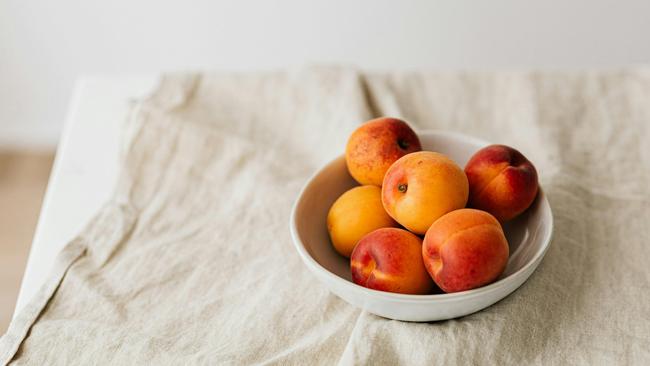
Fruit flies break the hearts of many gardeners who find their precious tomatoes, chillies, stone fruits, even citrus, riddled with tiny white maggots. Queensland fruit fly occurs through eastern Australia, while Mediterranean fruit fly is in Western Australia, but the damage and controls are similar. Tasmania is blessedly free of the pests while South Australia battles constantly to eliminate outbreaks. Quarantine laws are critical to these areas. Fruit flies affect hundreds of fruit species. Female flies lay eggs into ripening fruit, which hatch in a day or two. As the maggots feed, fruit rots and falls, allowing maggots to pupate in the soil and emerge as adults in two weeks to repeat the cycle. Controlling fruit flies requires various strategies, as toxic chemicals are now banned. Protein baits, including organic Naturalure, lure and kill female flies but must be reapplied regularly to foliage or trunks, from an early stage. Male traps are a monitoring tool only, while male annihilation technique (MAT) cups attract and kill males. Exclusion netting and bags are a good option. Always remove and destroy affected fruit. See bugsforbugs.com.au and preventfruitfly.com.au/gardeners
Mulch love
Groundcovers are living mulches that help protect soil, suppress weeds and increase biodiversity.
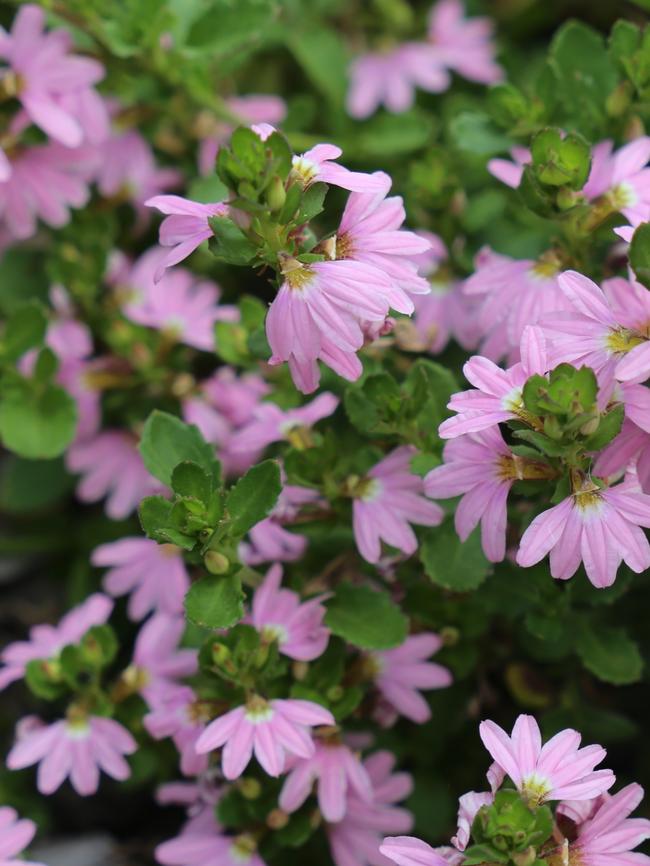
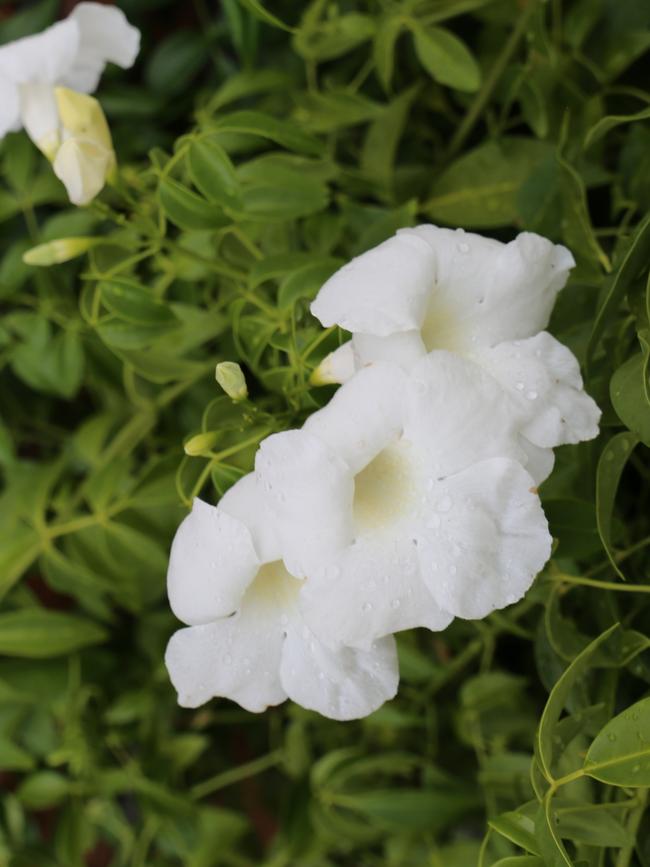
Here are four native options that are tough performers with colourful flowers.
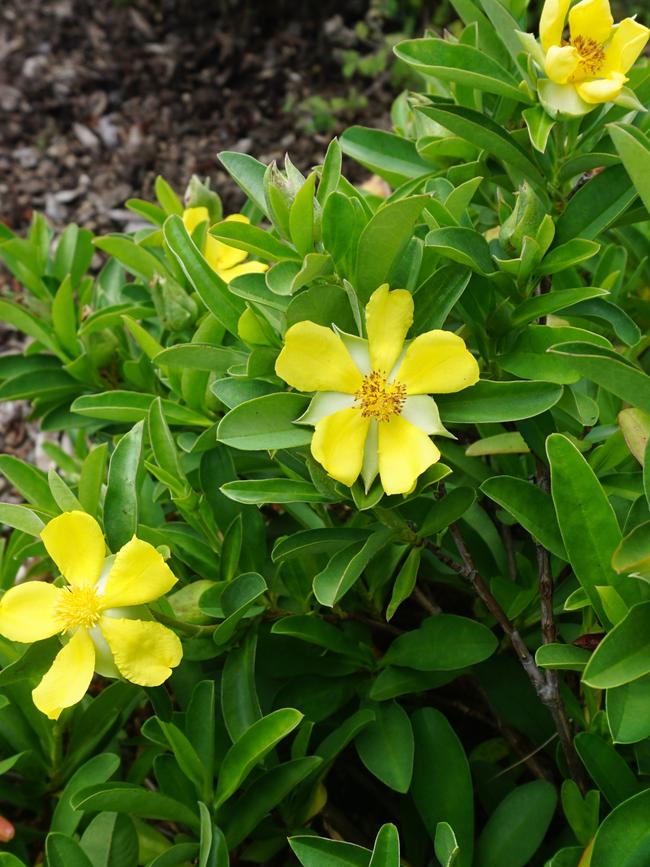
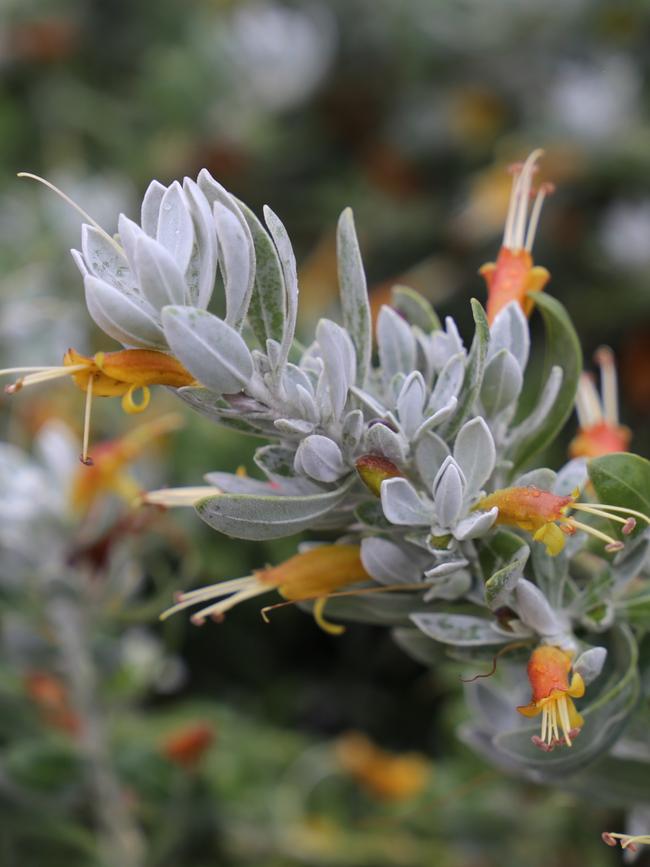
Q&A
We’re told our vigorous vine with bright red flowers is a passion flower vine. Are its occasional round fruits edible?
Max Fulton, Gold Coast
Passiflora coccinea or red passion flower is a tropical relative of passionfruit (Passiflora edulis). The flowers are a similar shape but showy, scarlet red. The fruit is edible, turning yellow when ripe.
I’d like to grow a bushman’s poison shrub. Where could I buy one?
Daphne Bolger, Victoria
Acokanthera oblongifolia is a medium shrub or small tree with leathery leaves and clusters of fragrant, white flowers in spring. It’s a tough plant, tolerating coastal, dry and windy conditions. However, it is highly toxic – the milky sap was used to coat poison arrows in Africa and the olive-like fruits are poisonous, although they look tempting. You can prune after flowering to prevent fruit forming. This would also prevent potential weediness. It’s available to order online for mail delivery from Weslor Flowers Plant Nursery in Queensland (weslorflowers.com), which specialises in unusual plants.
Every year my rhododendron blooms, but why some years do I get more leaf buds than flower buds? They are well fed and growing well.
Deb Christiansen, Melbourne
Rhododendrons set the next spring’s flower buds by mid to late summer, so pruning after that removes those flowers. Prune them straight after flowering to shape them if needed. Large-flowered rhododendrons ideally are deadheaded as soon as the flowers wither, pushing off the central truss with a thumb or cutting with secateurs, carefully leaving the growth buds located just beneath. Experts say this improves the quality and abundance of the next year’s flowers. Ample moisture while buds are being set helps too. Flowering abundance is also weather-related; warmer and drier winters reduce blooming, as does too much shade.
Send your questions to helenyoungtwig@gmail.com. The best question for November wins the writer’s choice of nature-inspired linen cushion covers or pillowcases from West Australian artist Barbara O’Donovan to the value of $150 plus postage. barbaraodonovandesign.au
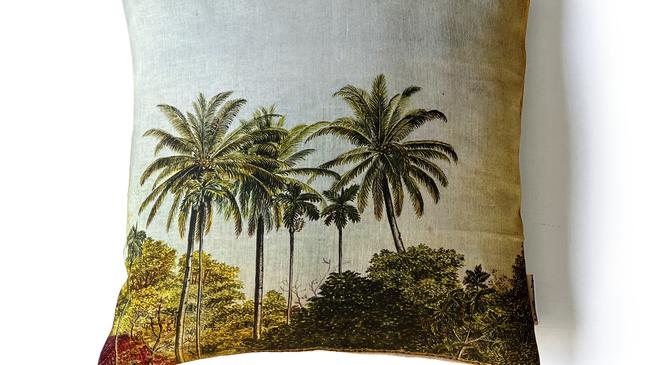




To join the conversation, please log in. Don't have an account? Register
Join the conversation, you are commenting as Logout